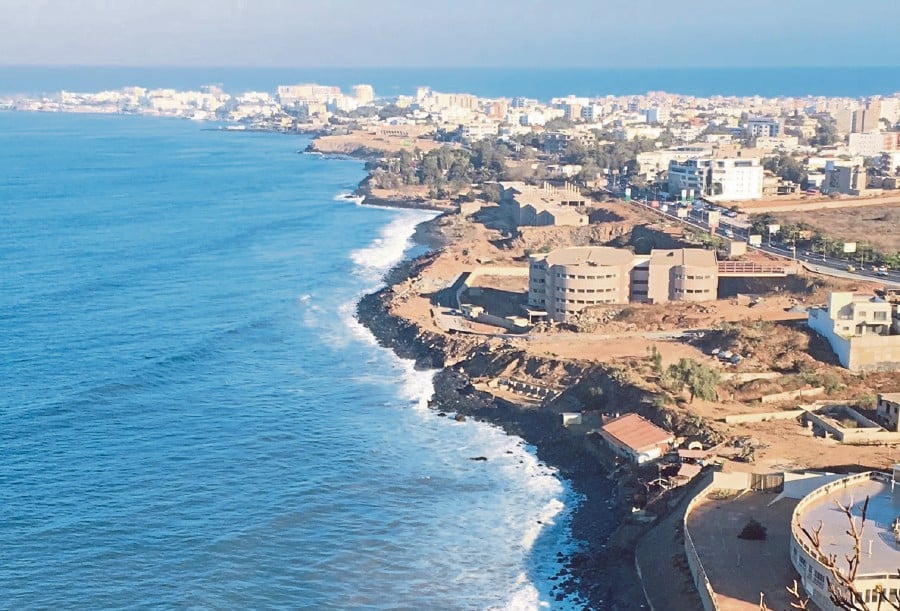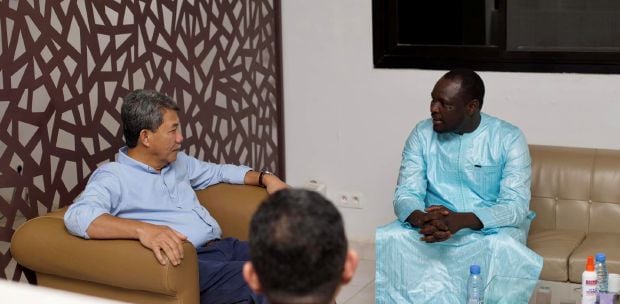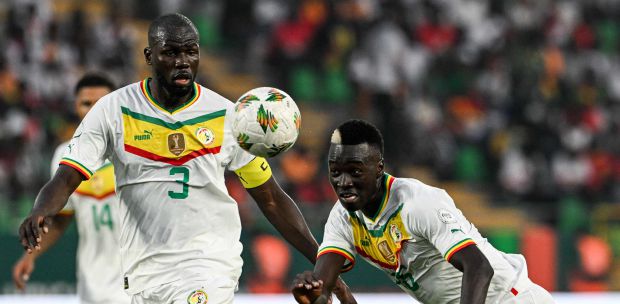A lot has changed in Senegal in the three years since I first set foot on African soil. As a developing country, change is always said to be good, but for me, I always say that it depends on what kind of change occurs.
The most obvious change seen here in Almadies, a suburb of Dakar, where I live, is the shoreline. When I moved to this quiet neighbourhood in January 2018, there were perhaps only three restaurants ("shacks" actually) on the 2.5km stretch of road.
Today, every single space adjoining the beach is taken up by
a restaurant or another, and at night, the winding road becomes a beehive of activity.
In the afternoons, where once there used to be complete tranquility as people sit and watch the sun go down, there is now a lot of noise from the many dune bikes driven by the spoilt foreigners who think that the small roads are their race course.
In 1992, when the then prime minister Datuk Seri (now Tun) Dr Mahathir Mohamad first visited Senegal, all the buildings from the airport to the town were single-storeys. In 2019, when he came again, there were more buildings, but only up to three or four storeys high. Today, 10-storey-high apartments abound. It is just a matter of time before they start building higher, once all the land has been taken. Speaking of apartments, in 2018, most residential places were landed property, meaning that they were villas and small houses. Even the expatriate community lived in these exorbitantly-priced houses. I say "exorbitant" because despite the average wage of the ordinary Senegalese, rental rates in Dakar were almost as expensive as renting a small apartment in mid-town Manhattan.
These days, most of the villas have made way for apartment buildings. The owners of the land figured that they could make more money renting out exorbitantly-priced apartments instead. And with at least eight apartments occupying the space of one grand villa, this made economic sense.
Not all change is good. The Rwandan embassy, which once occupied a nice space where you could look out to the sea, is now boxed in amid these apartment buildings. If you did not know it was there, you would have a hard time indeed finding it.
The disappearance of the shoreline has also meant that ordinary Senegalese now need to find a restaurant or shack if they want to enjoy the waves, feel the sea breeze and hear the squawking of the seagulls.
It was not as if people went to the beach all the time even before all this development — the Dakar coastline is dotted with big boulders and deemed unsafe to swim in — but at least kids and adults had a place where they could enjoy the crashing waves and look out into the horizon over to Brazil on the other side of the ocean.
When I first arrived at the end of January 2018, the new airport had just been inaugurated. If you think of the location of KLIA, then Putrajaya, then Kuala Lumpur, you would know that in order for a traveller to go to Dakar, they would have to travel past Senegal's new administrative capital, Diamniado. There were few cars on the road and only some of the government complexes were under construction.
Three years on, less than 10 ministries have moved in to their complexes in Diamniado and completion of construction still looks to be more than two years away. But many cars, trucks, buses and all manner of transport ply the highway these days. And because the road is the main highway to other areas such as Touba and Thies, it can get very congested just before the long holidays.
One other thing about the vehicles that are on the road in Dakar — three years ago, it was mainly cars, taxis, small buses, the Car Rapide (Dakar's own colourful buses) and horse carts. One would be hard-pressed to find motorcycles, even the kapchai that we Malaysians so love. But today, Dakarites have managed to import all types of motorcycles, from the ground shattering Harley Davidsons, to the motorcycles that have been reconned, to the GESITS imported from Indonesia, to those bicycles that run on motor power.
It makes for a lot of congestion. I suspect many Senegalese these days use their motorcycles in a black market "Gojek" industry, ferrying passengers from place to place for a fraction of what the taxis cost.
Part 2 tomorrow: How social
interactions in Senegal have changed
The writer is a foreign service officer, who writes on international affairs with particular emphasis on Africa






